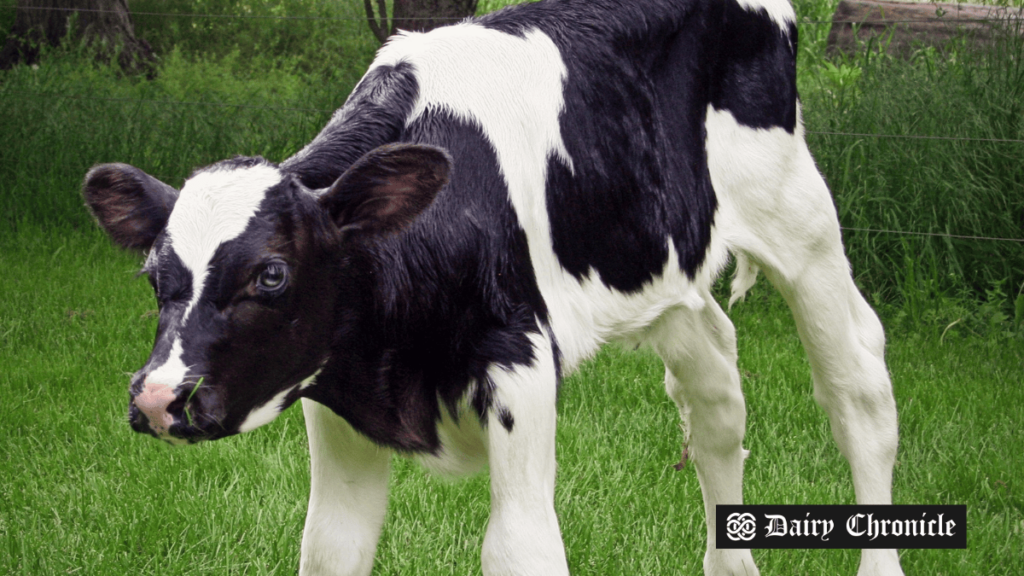A new strain of bird flu, the D1.1 genotype, has been found in U.S. dairy cattle, raising concerns about its spread. The virus has already impacted milk production and public health.
The U.S. Department of Agriculture (USDA) has announced the detection of a new strain of bird flu in U.S. dairy cattle, raising significant concerns about its spread and impact on livestock across the nation. This newly identified strain, known as the D1.1 genotype, has been detected in milk samples from dairy cows in Nevada, marking the first instance of this strain appearing in cattle.
The D1.1 strain, part of the highly pathogenic H5N1 avian influenza virus, has already been linked to severe economic losses, diminishing milk output in dairy herds and escalating egg prices due to the death of millions of hens. The virus has also infected nearly 70 people across the U.S. since April 2024. While earlier cases in dairy herds were attributed to the B3.13 genotype, this new discovery has added another layer of urgency for health authorities and farmers.
The D1.1 strain has been prevalent in wild birds during the fall and winter seasons and has also been linked to human cases, including a fatality in Louisiana and a case involving a teenager in British Columbia. According to Nevada’s agriculture director, J.J. Goicoechea, it is believed that wild birds likely transmitted the strain to the cattle in the state. To contain the outbreak, the Nevada Department of Agriculture has placed herds in two counties under quarantine.
Veterinary experts, including South Dakota’s state veterinarian Beth Thompson, have warned that the virus’s ability to adapt and migrate beyond poultry and wild waterfowl to mammals is concerning. This highlights the need for heightened precautionary measures to prevent the further spread of the virus among livestock. The USDA has emphasized the importance of containing this outbreak within Nevada to avoid a nationwide crisis.
Gail Hansen, a veterinary and public health consultant, underscored the importance of swift containment to avoid the widespread transmission seen in the past, particularly after infected cattle were shipped from Texas. Experts also warn that herds previously infected with the initial B3.13 strain could be susceptible to reinfection by this new variant, potentially leading to a larger epidemic.
As the USDA continues its investigation into the outbreak, experts urge farmers across the country to increase vigilance in protecting their livestock from this evolving threat. The detection of this new strain has sparked widespread concern over the potential risks it poses to both animal and public health.
